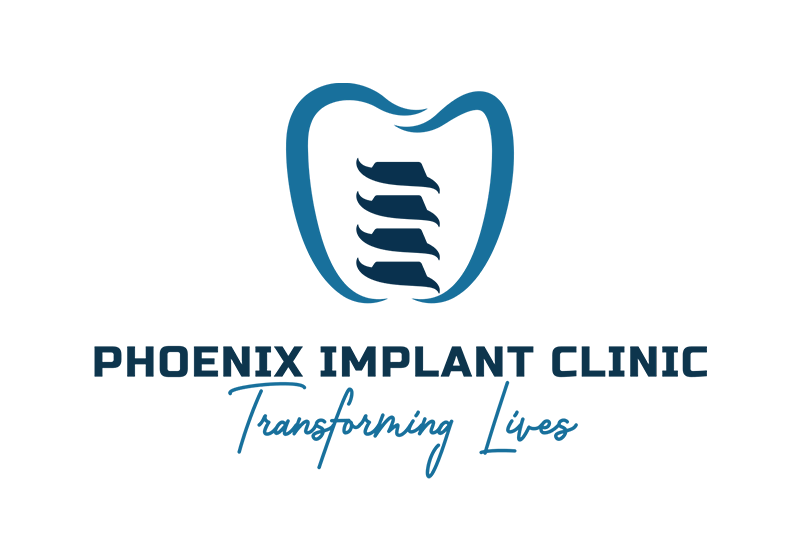Dental implants are a long-term way to replace missing teeth. This guide explains the full implantation process, who it helps, and what to expect at each stage. If you’re considering implants, you’ll learn about planning, surgery, healing, final restoration, risks, costs, and how to choose a provider for your implantation process.
Overview of the Implantation Process
The implantation process generally has five stages: consultation, preparation (which can include extractions or grafts), surgical placement of the implant, healing and osseointegration, and the final restoration (crown or prosthetic). Each stage builds on the last to create a stable, long-lasting tooth replacement.
Initial Consultation and Treatment Planning
Medical and dental history review
Your health and medications affect the implantation process. Conditions like diabetes or smoking can slow healing. A dentist or specialist will review your medical history, current medications, and oral health to make sure implants are safe and likely to succeed.
Imaging and digital planning
CBCT scans and X-rays map your jawbone and nerves. Digital planning software uses those images to choose the best implant size and position. Accurate planning lowers risks and improves the chance the implantation process will be smooth and predictable.
Preparatory Treatments Before Implants
Tooth extraction and socket care
If a damaged tooth must be removed, the site may need time to heal before placing an implant. Sometimes the tooth can be removed and the implant placed later; other times immediate placement is possible. Socket care helps preserve bone and gum shape for the implantation process.
Bone grafting and sinus lifts
Strong bone is key for implant stability. If bone has shrunk, grafting rebuilds volume. In the upper jaw, a sinus lift may create room for implants. These additional steps extend the timeline but are often necessary for a successful implantation process.
The Surgical Appointment: Placing the Implant
What happens during surgery
Surgery usually takes 30–90 minutes per implant. Local anesthesia, sedation, or general anesthesia may be used. The implant (a titanium post) is placed into the jawbone where the missing tooth root was. Sutures may be used to close the site.
Immediate post-op care
After surgery, expect some swelling and mild discomfort. Pain control, cold packs, soft foods, and short rest are common instructions. Following post-op care directions helps reduce complications and supports the early stages of the implantation process.
Healing and Osseointegration
Timeline for bone integration
Osseointegration—when bone fuses to the implant—typically takes 6-8 weeks. Signs of good integration include decreasing pain, stable implant, and healthy gum tissue. Your clinician will monitor progress during this phase of the implantation process.
Follow-up checks and when to call the office
You’ll have periodic visits to check healing and remove sutures. Call your provider if you have severe pain, uncontrolled swelling, fever, or persistent bleeding—these are signs something may be wrong during the implantation process.
Abutment Placement and Final Restoration
Impressions or digital scans for the crown
Once healed, an abutment is attached and impressions or scans are taken to make the crown. Temporary restorations may be used while the final crown is made. The final tooth is matched for color and shape to blend with your smile.
Final adjustments and bite check
Your dentist will adjust the bite and fit for comfort and function. Proper alignment prevents damage and helps the implant last for many years after the implantation process is complete.
Risks, Complications, and How They’re Managed
Common risks include infection, implant failure, and peri-implantitis (gum inflammation around the implant). Most issues are treated with antibiotics, cleaning, or, in rare cases, implant removal. Early detection and good oral hygiene reduce risks.
Cost, Insurance, and Financing Basics
Cost varies by number of implants, grafting needs, materials, and location. Some dental insurance covers parts of the process; financing plans and dental loans can help spread cost for the implantation process.
Choosing a Provider for Your Implantation Process
Look for clinicians with implant training, clear before-and-after photos, good reviews, and modern imaging tools. Ask about success rates and follow-up care before committing.
Conclusion and Next Steps
The implantation process can restore function and confidence with predictable steps from planning to the final crown. If you’d like to learn if implants are right for you, schedule a consultation to review your health, imaging, and treatment options.


